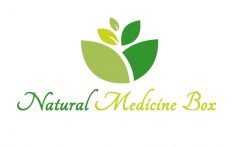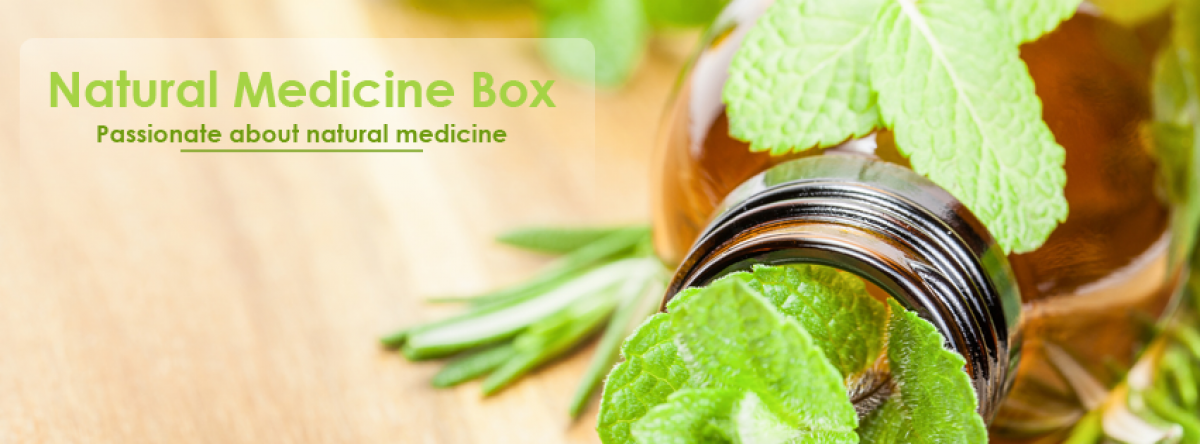
How to Use the Best Natural Antibiotics on the Planet
1. Oregano Oil
There are over 40 different oregano species, but the most beneficial one to maximize the therapeutic antibiotic effect you need is the oil produced from wild oregano, called Origanum vulgare. Thymus capitatus, a variety that grows in Spain, is also very powerful.
Quality oregano oil made from these species is golden to dark yellow, with a strong spicy odor.
According to Dr. Mercola, the best uses for oregano oil as a natural antibiotic are the following:
- Foot or nail fungus. Put a few teaspoons of oregano oil in a small tub water and soak your feet. The oil can also be diluted (one drop of oil with a teaspoon of olive oil) and then apply directly to nails or skin.
- Parasites and infections: Dilute the oil as described above and place it under your tongue. Hold it there for a few minutes, and then rinse it out. Repeat at least four times a day.
- Sinus infections: Put a few drops of oregano oil in a pot of steaming water or neti pot, and inhale the steam.
2. Cayenne Pepper
Cayenne pepper also called capsicum is a strong spice used for thousands of years for its healing power and antibiotic effects. It’s not just an anecdotal, folklore remedy, however. Science is validating its use as a natural antibiotic as well.
Cayenne pepper is particularly effective at resolving vulvovaginitis, a common infection in women. One Czech study found capsicum essential oil exerts a considerable anti-fungal and antibiotic effect on this condition. It is important to properly use a carrier oil such as olive oil and thoroughly dilute cayenne pepper essential oil, however, as capsicum is quite burning upon initial contact with the skin.
Cayenne pepper is also fantastic for helping to resolve strep throat.
3. Colloidal Silver
The remarkable antibiotic nature of silver has been known for centuries. In the early 1900′s, the founder of Searle Pharmaceuticals, Alfred Searle, wrote in his book The Complete Use of Colloids in Health and Disease:
Applying colloidal silver to human subjects has been done in a large number of cases with astonishingly successful results…it has the advantage of being rapidly fatal to microbes without toxic action on its host. It is quite stable. It protects rabbits from ten times the lethal dose of tetanus or diphtheria toxin.
In the 1970′s, Dr. Robert O. Becker at Syracuse Medical University began to intensively research colloidal silver. He discovered that silver not only kills bacteria, but it actually killed bacteria that were resistant to all known antibiotics with no undesirable side effects.
While colloidal silver is highly antibiotic in nature, I suggest only using it for external uses such as gargling, ear infections like swimmers’ ear and skin. The reason is that ingestion of colloidal silver does damage the delicate gut microbiome by killing beneficial bacteria though not as extensively as drug based antibiotics. If you need the assistance of natural antibiotics to consume internally, choose another one on this list, not colloidal silver.
4. Grapefruit Seed Extract (GSE)
Grapefruit seed extract (GSE) has been reported to be a highly effective, natural antibiotic in combating a variety of common infectious agents. In one study, drops of concentrated grapefruit-seed extract were tested for antibacterial properties against a number of gram-positive and gram-negative organisms. The researchers concluded that GSE was comparable to “proven topical antibacterials. Although the GSE appeared to have a somewhat greater inhibitory effect on gram-positive organisms than on gram-negative organisms, its comparative effectiveness against a wide range of bacterial biotypes is significant.”
Used full strength to combat warts, properly diluted GSE has a variety of uses to combat pathogens in your home environment. The only caveat is that commercial preparations of GSE have a chemical in them called diphenol hydroxybenzene that is of questionable safety and other chemicals like triclosan and cancer causing parabens that are definitely to be avoided.
Therefore, if you intend to use GSE especially internally, it is best to make it yourself by grinding the grapefruit seeds and the juiceless pulp and then mixing with glycerin.





Apologies. You should be able to see this post now.
Thanks :/
Thank you!
I enjoyed this, sharing. 🙂